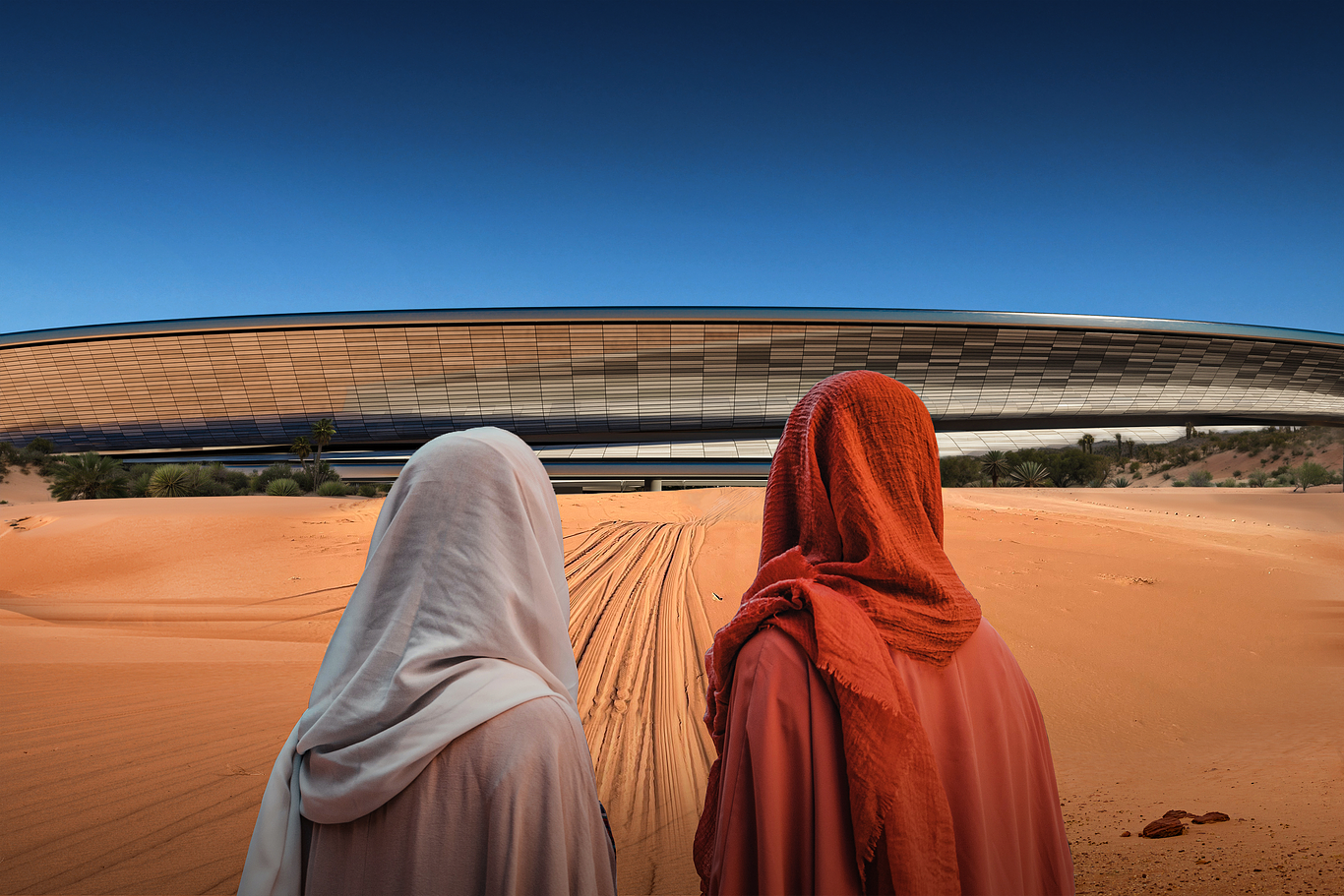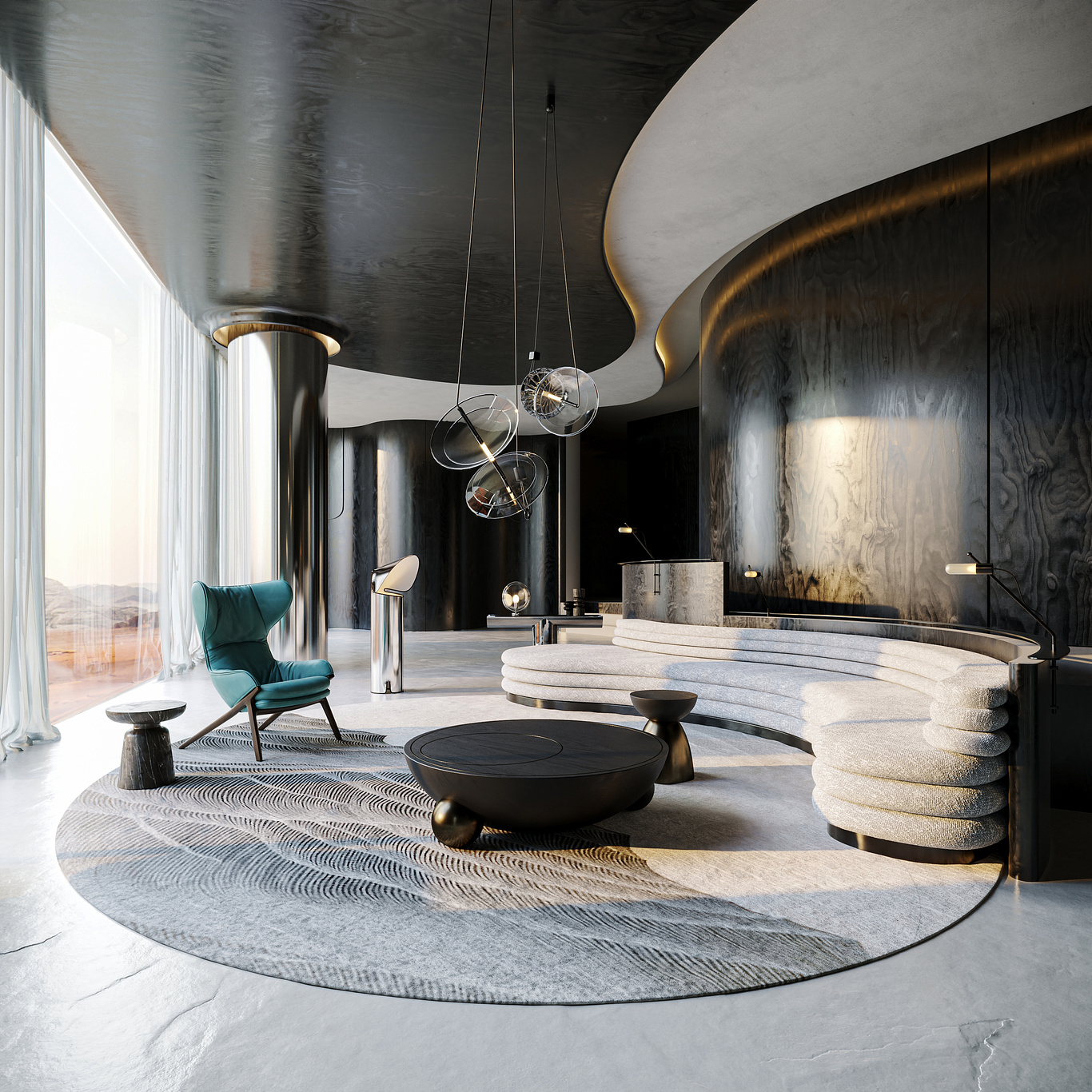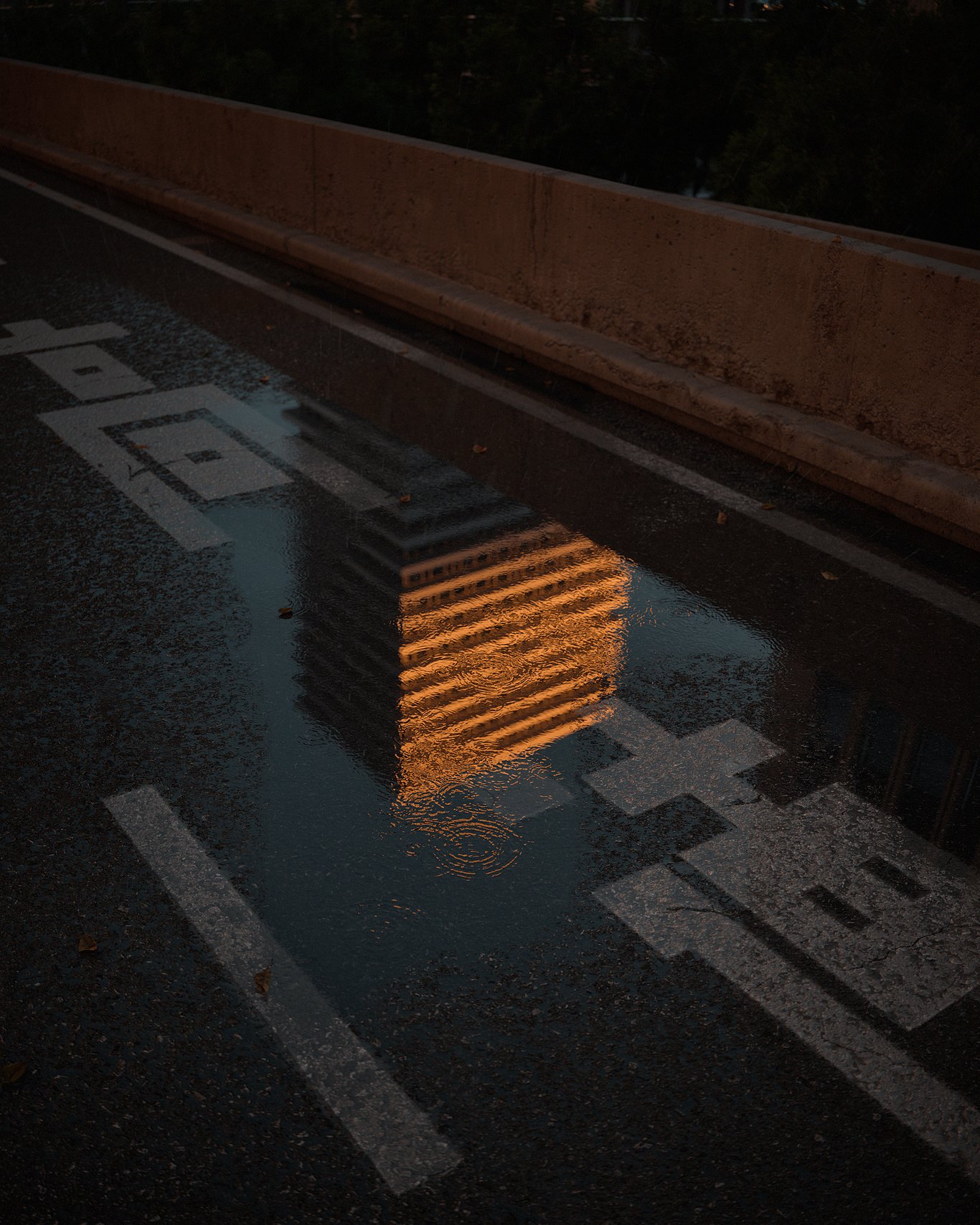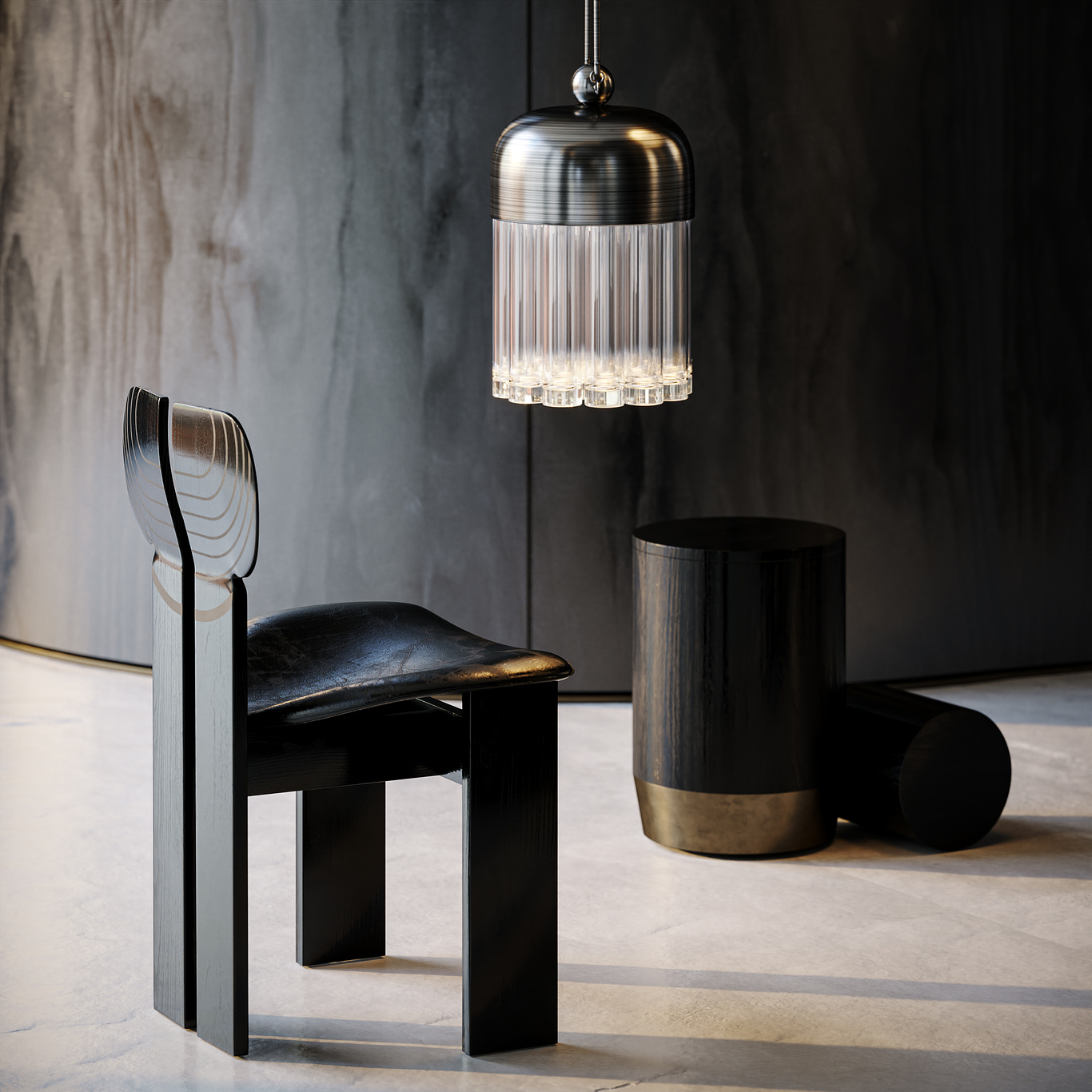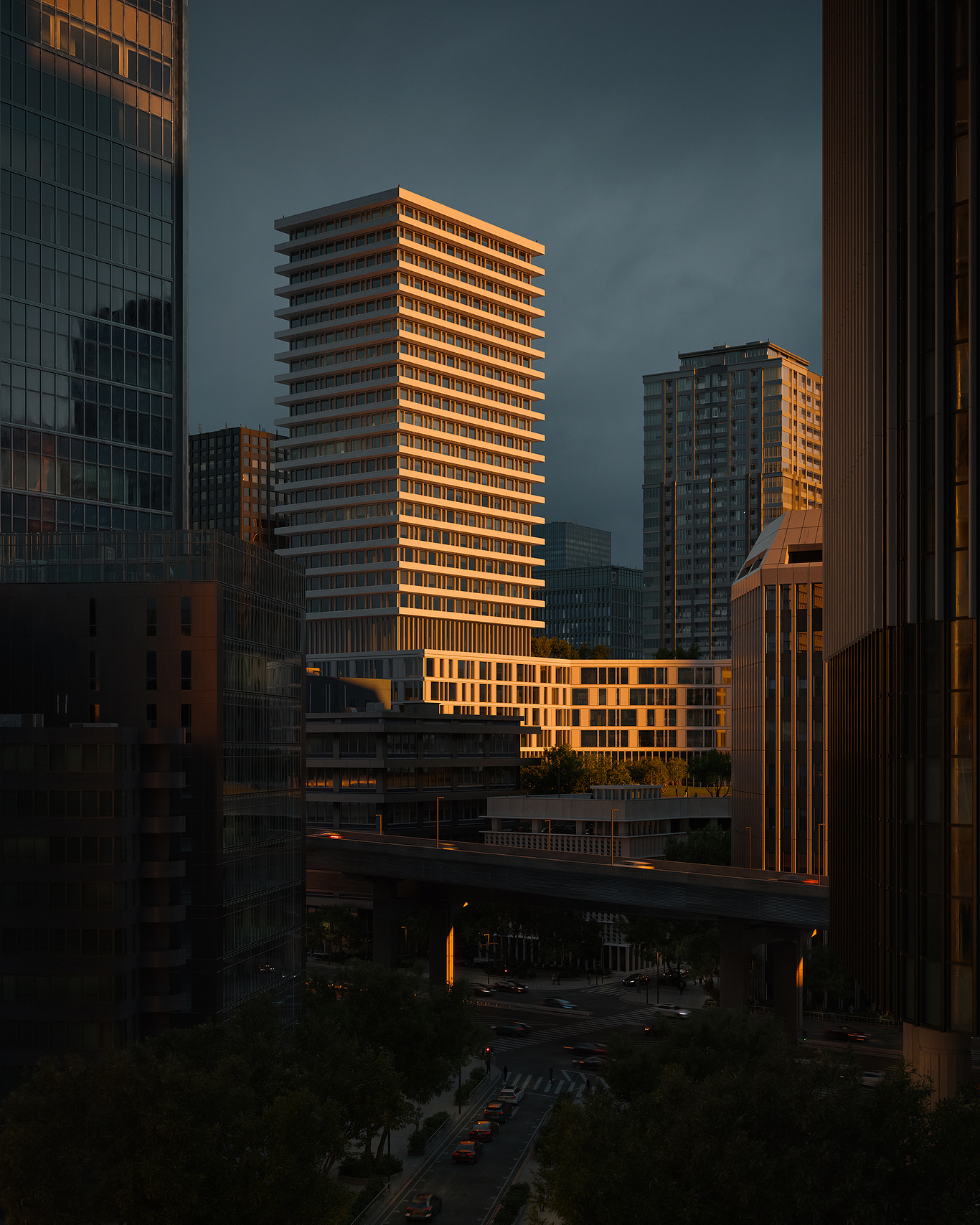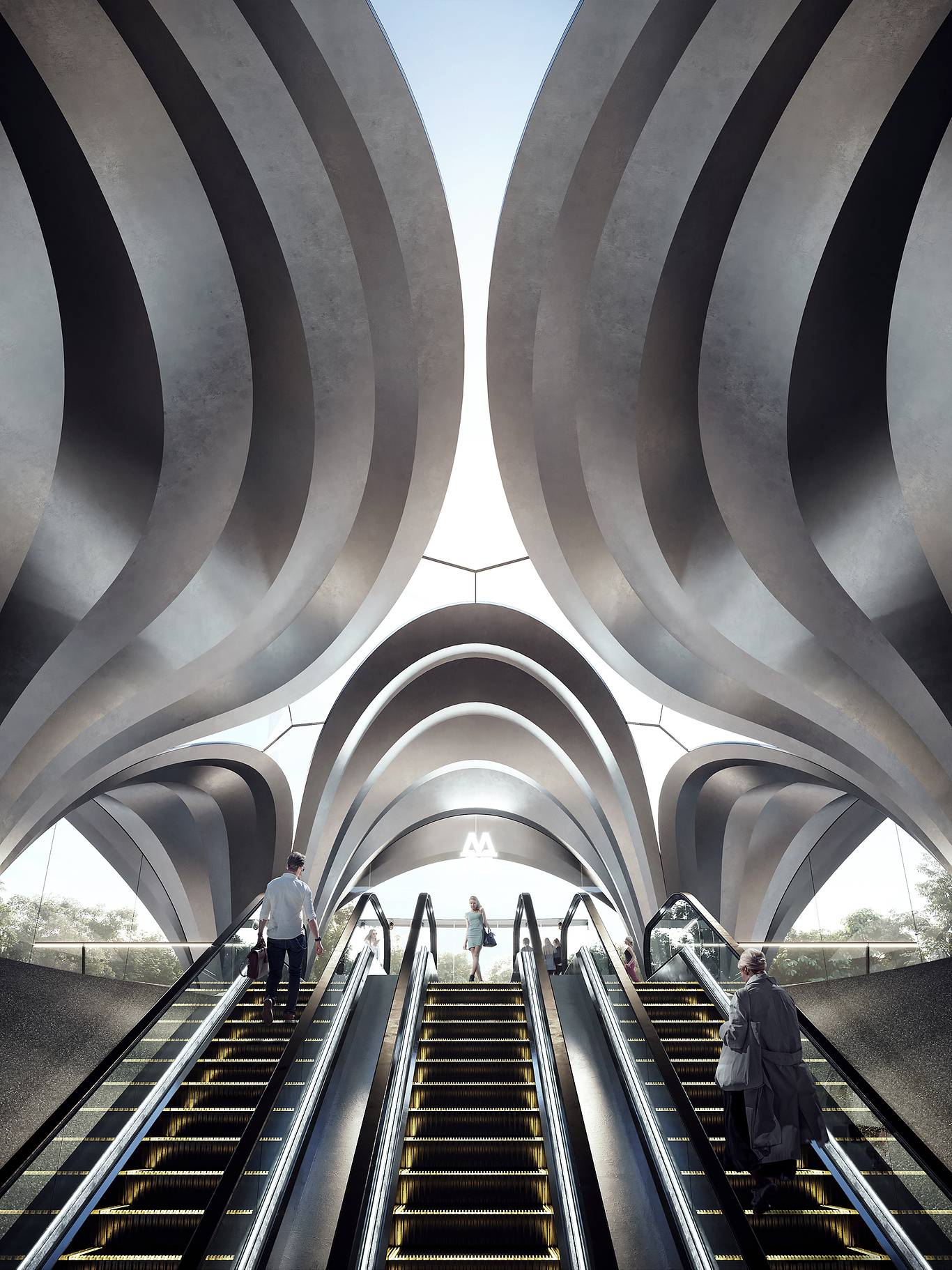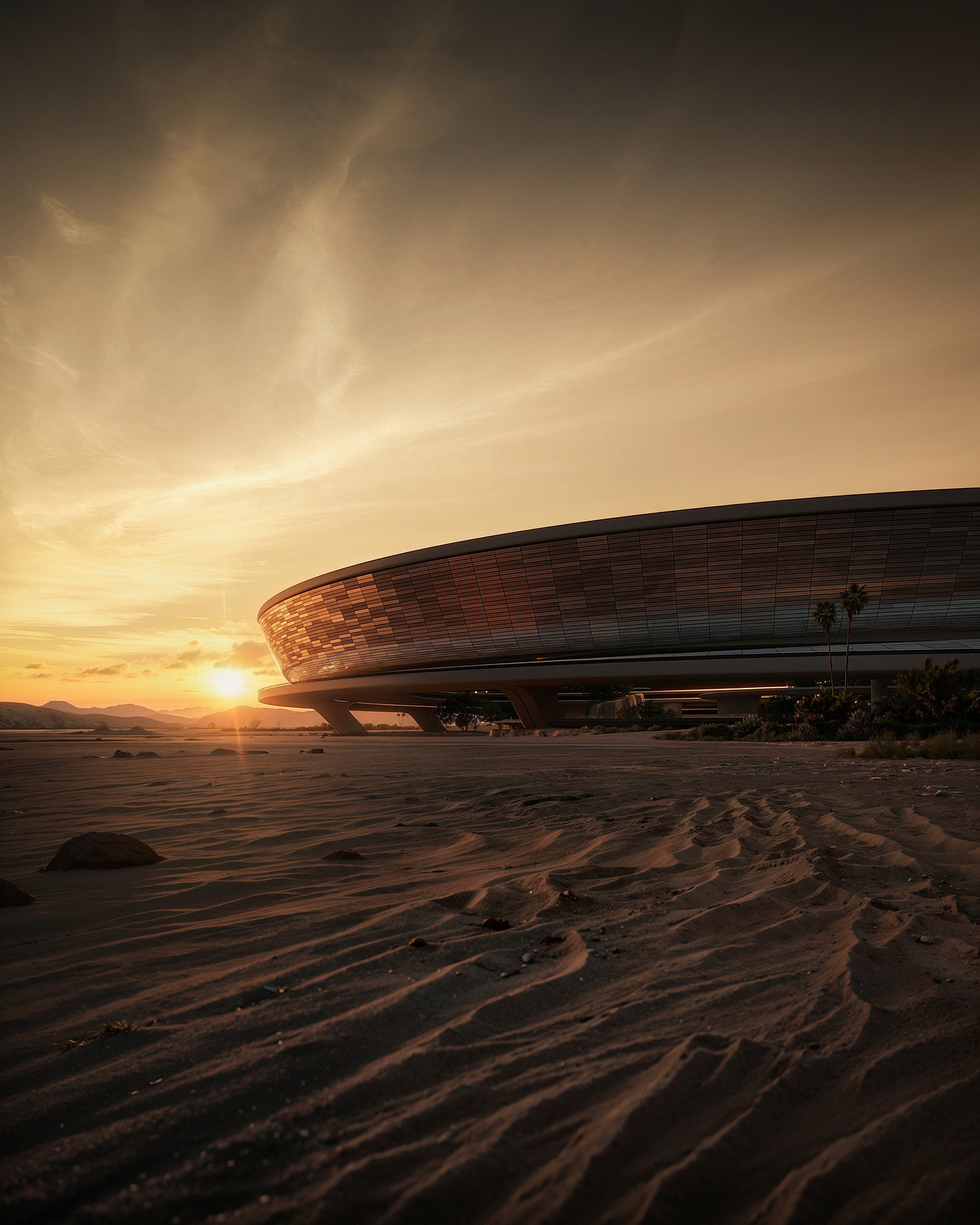
10 Questions With...
10 Questions with Omegarender
Welcome to another installment of "10 Questions With," a feature series on CGarchitect.com where we delve into the minds and practices of the world's leading visualization studios. This week, we sit down with Omegarender, a leading architectural visualization company known for its unparalleled photorealistic renderings and artistic mastery.
Founded by architect and artist Artem Kupriyanenko, Omegarender combines creativity and technical expertise to deliver stunning visualizations that bring designs to life. With a global presence across 25+ countries and a portfolio of over 1,000 projects, the company is dedicated to excellence and innovation. They are committed to meeting clients' needs and constantly pushing the boundaries of what's possible in 3D rendering.
Founded by architect and artist Artem Kupriyanenko, Omegarender combines creativity and technical expertise to deliver stunning visualizations that bring designs to life. With a global presence across 25+ countries and a portfolio of over 1,000 projects, the company is dedicated to excellence and innovation. They are committed to meeting clients' needs and constantly pushing the boundaries of what's possible in 3D rendering.
1 - What inspired the name "Omegarender" for your studio?
We were searching for a name that embodied our commitment to completeness and perfection in every visualization. The inspiration came from the Greek letter "Omega," which is the last letter of the alphabet and symbolizes the end, a completeness, and the highest point of development.
Our team views the rendering process as the final stage of the creative journey in architectural visualization, where all ideas, concepts, and efforts come together to create a finished, perfect image. As such, "Omegarender" quintessentially reflects our commitment to bring every project to the highest level of quality and completion.
Every project we work on embodies this principle. The Omegarender studio achieves not only technical perfection but also emotional impact, providing clients with not just images but complete, inspiring visual stories.
2 - How did the studio get its start, and what was the vision behind its inception?
2 - How did the studio get its start, and what was the vision behind its inception?
Artem Kupriyanenko, an architect by education, realized the importance of visualization in architecture from the very beginning of his career. Engaging in professional activities, he regularly encountered requests for visualizations of various projects, which prompted him to create his studio.
At that time, the field of architectural and interior visualization was just beginning to take off, offering excellent opportunities for new players. Artem saw a chance to take a leading position in the industry. The goal of our studio was to create luxurious projects worldwide, with a special focus on the US and European markets.
The Omegarender team immediately aimed to participate in major, notable global architectural projects, and this ambitious idea continues to inspire us to this day.
3 - How do you approach blending reality and imagination in your visualization?
3 - How do you approach blending reality and imagination in your visualization?
Our clients are responsible for the reality in our projects. Their job is to be closely connected with the current reality and to create a new one. Paradoxically, they create this new reality first in their imagination. Our task is to materialize this imagination. Omegarender takes the clients' sketches and drafts and turns them into clear and comprehensible visualizations, a step toward a new reality. We act as the bridge between imagination and reality, helping architectural objects come to life.
4 - What are the key challenges in architectural visualization today?
The key challenges in architectural visualization today are multifaceted. One significant challenge is the need to execute projects quickly without losing quality. The scale and complexity of modern projects often do not match the deadlines set by clients. Clients expect high-quality results in record time, creating a tension between maintaining standards and meeting tight deadlines.
Another important challenge is the shortage of talent in the market. The demand for qualified specialists capable of creating top-notch visualizations is very high, but the supply is limited. This makes it difficult to find and retain professionals who can meet and exceed client expectations in terms of both quality and deadlines.
Additionally, providing clients with quick solutions is not only a technical and artistic challenge but also a challenge that requires considering the broad scope of the project. Large-scale-development projects involve multiple stakeholders, such as marketing, engineering, and management teams, each with their own unique needs. The ability to offer comprehensive solutions that satisfy all parties quickly and efficiently is a key factor for success in today's competitive environment.
5 - Can you walk us through your creative process for a typical project?
5 - Can you walk us through your creative process for a typical project?
Our process starts with brainstorming, where we generate ideas and draw inspiration from the project’s environment. This helps create a cohesive concept and aligns with the client's vision. When a client comes up with a task, our goal is to understand how best to showcase the architecture. We conduct thorough research, gathering materials and ideas to support our concepts with references.
We then present our ideas to the client to ensure we are moving in the right direction. After the concept is approved, we move on to its implementation.
6 - How has technology changed the landscape of architectural visualization?
Technology has significantly changed the landscape of architectural visualization, and we pride ourselves on keeping on top of the latest developments. Modern technologies, such as artificial intelligence, help speed up the workflow. For example, tools like MidJourney or Stable Diffusion reduce the time required to create conceptual visualizations from several days to a few hours. The new software also quickly generates necessary textures, enhancing the quality of images and individual elements in a short time.
These innovations not only speed up workflows but also change the way we interact with clients. Previously, clients had to wait about a month for the first animation results. Now, thanks to real-time engines, we can immediately show clients preliminary results using an already-prepared model.
These changes have made communication with clients much more efficient. We can respond to their wishes faster and make necessary improvements at each stage of work. Integrating artificial intelligence and new technologies into our activities allows us to stay at the cutting edge and effectively solve clients' tasks.
7 - Could you share insights on a particularly challenging or unique project?
One of our studio's most ambitious and unique projects was "Karate Kombat." At first glance, the task seemed straightforward: to combine green screen footage with a 3D scene from Unreal Engine. However, in reality, it turned out to be one of the most complex and multidimensional projects in our portfolio. Our goal was not only to create visually stunning scenes but also to overcome numerous technical challenges throughout the production process.
The project involved several stages. In the first stage, we developed Full HD and 4K concepts of the arenas in 3ds Max. Based on these, our 3D modelers created scene elements, some of which we purchased from asset stores. The concepts were then transferred to Unreal Engine using special plugins, where our artists worked on lighting, weather conditions, and object movements. At this stage, we also handled tracking data, which ensured the cameras moved correctly in the 3D scene.
We had the unique opportunity to be present on the film set in Budapest. We worked directly on set, in the studio where the shooting took place, allowing us to observe the process in real-time and make adjustments to the footage. This enabled us to quickly respond to changes and requests, significantly improving the final result.
The team working on the project was one of the largest in our history, including a project manager, art director, creative director, 3D artists, Unreal Engine specialists, and compositors. Sasha Krot played a crucial role in the project, having not only designed the entire pipeline but also created a script to automate work during the tracking phase.
The project's complexities included processing and integrating tracking data, especially considering various issues such as missing and erroneous records. We used NukeX and Mocha programs to work with the tracking data, which allowed us to achieve maximum realism and synchronization between CGI and the live footage. Despite challenges related to the project's scale and tight schedule, the team demonstrated a high level of professionalism and ingenuity.
Working on "Karate Kombat" was a test of our resilience and provided us the opportunity to enhance our expertise in VFX significantly. This project proved that even under conditions of uncertainty and technical difficulties, we could deliver top-tier projects, strengthening Omegarender's position in the global market.
8 - What are the future trends you foresee in this industry?
Future trends in the industry are inextricably linked with artificial intelligence. We are already actively using AI as an auxiliary tool, which speeds up many aspects of our work. However, despite concerns, AI will not fully replace our profession in the near future. At the sketch level, AI is very useful, but high-quality and technically complex architectural visualization requires precision, which AI cannot yet achieve. Despite technological advancements, the primary role of the human 3D artist will remain unchanged. Machines will not completely replace architectural visualization anytime soon, as this work requires human precision and creativity.
Process optimization is another important trend. We aim to provide our clients with the best service and the highest quality visualizations. Technologies are improving, and the quality of our work is increasing. In the future, visualizations will be so realistic that it will be difficult to distinguish them from photographs.
Another significant trend is the growing demand for creative, non-commercial projects. We continue to create our architectural concepts and share them with the world. In the age of machines, human creativity is becoming increasingly valuable. The demand for creativity and a personalized approach will only grow.
9 - How do you ensure client satisfaction and manage expectations in such a detail-oriented field?
We believe that clients have four main demands: time, quality, cost, and security. Omegarender builds its work with clients on these four pillars, and we maintain each of them at the highest level.
Sometimes a client emphasizes one or more of these parameters. For example, they might say that quality or cost is more important to them at the moment. In such cases, we pay extra attention to this aspect, putting in additional effort to achieve the best result. However, we do not forget about the other parameters.
Omegarender is very meticulous in its work. Our company has three main principles: Pixel Perfection, Consistency, and Quality. These principles are present in every project and are part of our DNA. At the start of each project, we discuss them with the client to establish mutual expectations.
The first step is identifying the client's needs and maintaining all four parameters at a high level. Then we execute the project based on our principles. This allows us to achieve a high level of detail and satisfy the client.
10 - Lastly, where do you see Omegarender in the next 5 years, and what are your goals for the studio's future?
Architectural visualization is our core activity, but it's important to remember that we are essentially architects. We strive to work not only on visualizations but also on architectural concepts, especially those that address social issues.
We see the future of the studio in two directions: high-quality, precise visualizations, and architectural projects that address social issues and improve people's quality of life.
You must be logged in to post a comment. Login here.
About this article
Welcome to another installment of "10 Questions With," a feature series on CGarchitect.com where we delve into the minds and practices of the world's leading visualization studios. This week, we sit down with Omegarender, a leading architectural visualization company known for its unparalleled photorealistic renderings and artistic mastery.
visibility551
favorite_border1
mode_comment0


